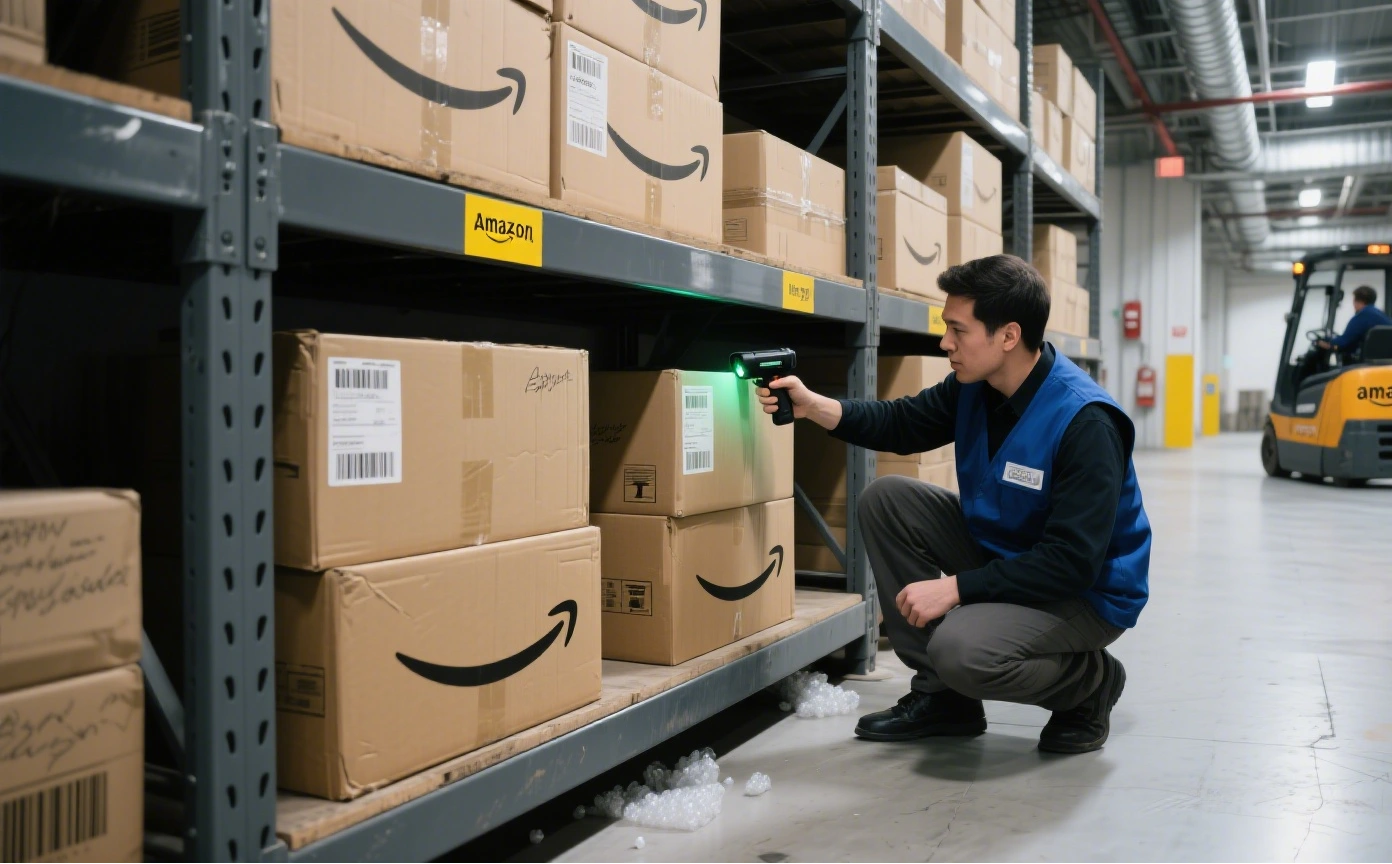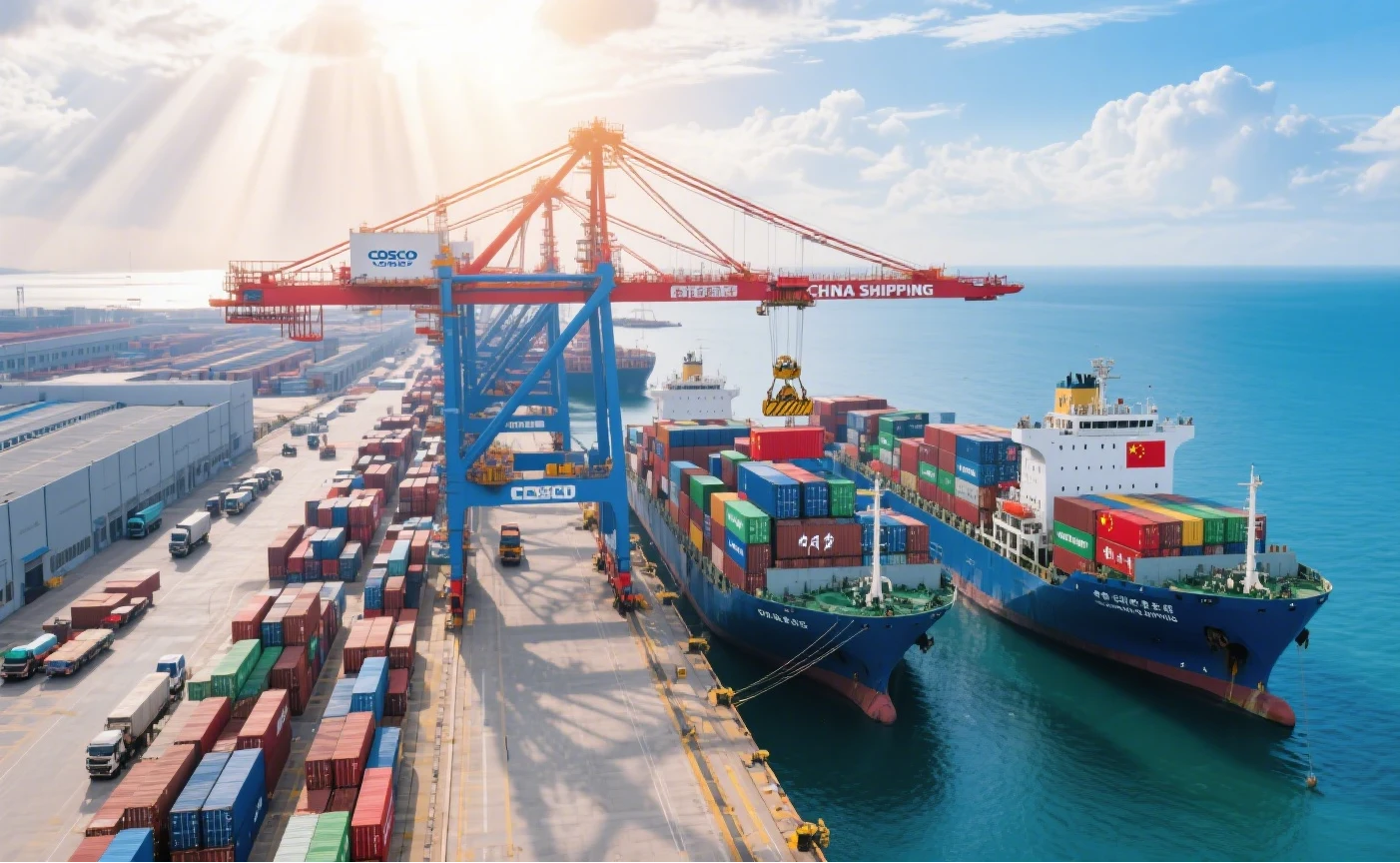
Selling on Amazon is an easy way to launch an online business. The key lies in a strong supply chain. Amazon FBA, or Fulfillment by Amazon, lets sellers send inventory to Amazon’s warehouses. Amazon handles storage, packing, shipping, and customer support. Wholesale distribution works well with this model. Sellers can stock products with proven demand instead of creating new ones.
Rather than developing a private label product and waiting months to start, wholesale sellers purchase branded or generic items in bulk. They ship these to FBA warehouses and start selling quickly. This approach lowers risk and generates income faster. One seller I know began with branded office supplies from a local distributor. He didn’t create anything new but built consistent sales that covered his expenses within months.
Manufacturers: Manufacturers make products directly. They often offer the lowest cost per item. However, they require large minimum orders, sometimes hundreds or thousands of units. This suits sellers ready to grow, but beginners may find the upfront cost daunting.
Distributors: Distributors purchase from manufacturers or brands and sell smaller batches to businesses. Their prices are a bit higher. Still, they make it easier to start and often carry various brands in one place.
Trading Companies: Trading companies, common in Asia, act as middlemen. They don’t produce goods but link buyers to factories. This is useful for combining different products in one shipment without managing multiple suppliers.
Dropshipping Vendors: Dropshipping suppliers are often confused with FBA suppliers. Their model doesn’t fit Amazon’s system. FBA requires inventory to be sent to warehouses beforehand. Dropshipping rarely works well for FBA sellers.
Alibaba is a popular starting point. It lists thousands of suppliers across nearly every product category. Negotiating is key since listed prices are often just a baseline. 1688.com, its domestic version, may have lower prices but targets Chinese buyers, creating language challenges. Global Sources and Made-in-China focus on verified supplier details and certifications. They’re great for electronics sourcing. For smaller test orders, DHgate is a good option, though profits are often lower. The Hong Kong Trade Development Council’s platform connects sellers with reliable suppliers across industries, tied to its trade events.
Trade shows are another great option. Events like the Canton Fair in Guangzhou or ASD Market Week in Las Vegas gather thousands of suppliers in one place. Exploring these events can feel intense, but many sellers find unique opportunities. Contacting brands directly through their websites is also effective. Many list their authorized distributors, but sellers often miss this simple step.
China is the top sourcing destination for Amazon sellers. The reasons are clear: low prices, vast product variety, and suppliers familiar with Amazon’s needs. Many factories offer services like FBA labeling and carton prep, cutting out extra handling steps. The “Made in China” label can suggest lower quality, but that’s not always true. Many premium brands produce there too. The key is choosing the right factory, communicating clearly, and setting expectations.
Finding wholesale products has its hurdles. Minimum order quantities can block small-scale testing. Sellers often need to buy large amounts upfront. Communication issues also arise. Even with English-speaking staff, details in contracts or technical specs can get lost. FBA Shipping adds more complexity. Sea freight is affordable but slow. Air freight is quick but costly, and prices vary by season.
Consistency is another issue. The first batch may be perfect, but later ones might have slight quality differences. These can hurt customer satisfaction. Sellers learn that pre-shipment inspections are cheaper than dealing with bad Amazon reviews.
Many sellers turn to sourcing agents like X Sourcing as they grow. Agents act as local representatives. They bridge language and cultural gaps, secure better deals, and check products before shipping. They also combine shipments from multiple suppliers, saving on freight costs.
Agents charge three to ten percent of the order value. X Sourcing’s help can save more by avoiding expensive errors. One seller shared how his Guangzhou-based agent caught wrong barcodes on packaging before shipping. That fix saved thousands in potential Amazon fines.

Finding profitable wholesale suppliers for Amazon FBA isn’t about uncovering a secret vendor list. It’s about persistence and building relationships. It involves trial and error, negotiating across time zones, and sometimes late-night chats via WeChat or email.
The process isn’t perfect. But once you find a reliable supplier, the FBA system becomes much easier to manage. When Amazon confirms your shipment has arrived at its fulfillment center, the hard work pays off. That’s when selling on Amazon feels real, powered by strong supplier partnerships behind the scenes.
A: Yes, but vetting is crucial. Request official invoices and product samples. Ensure the supplier knows Amazon’s packaging and labeling rules. Many offer FBA prep services.
A: Wholesale means reselling existing branded products. It’s faster and less risky but has smaller profits. Private label involves creating your own brand. It takes more time and money but offers greater control and higher potential profits.
A: Not always. Experienced sellers can handle suppliers directly. But new sellers often benefit from an agent’s guidance. Agents reduce miscommunication, get better deals, and prevent common sourcing errors.